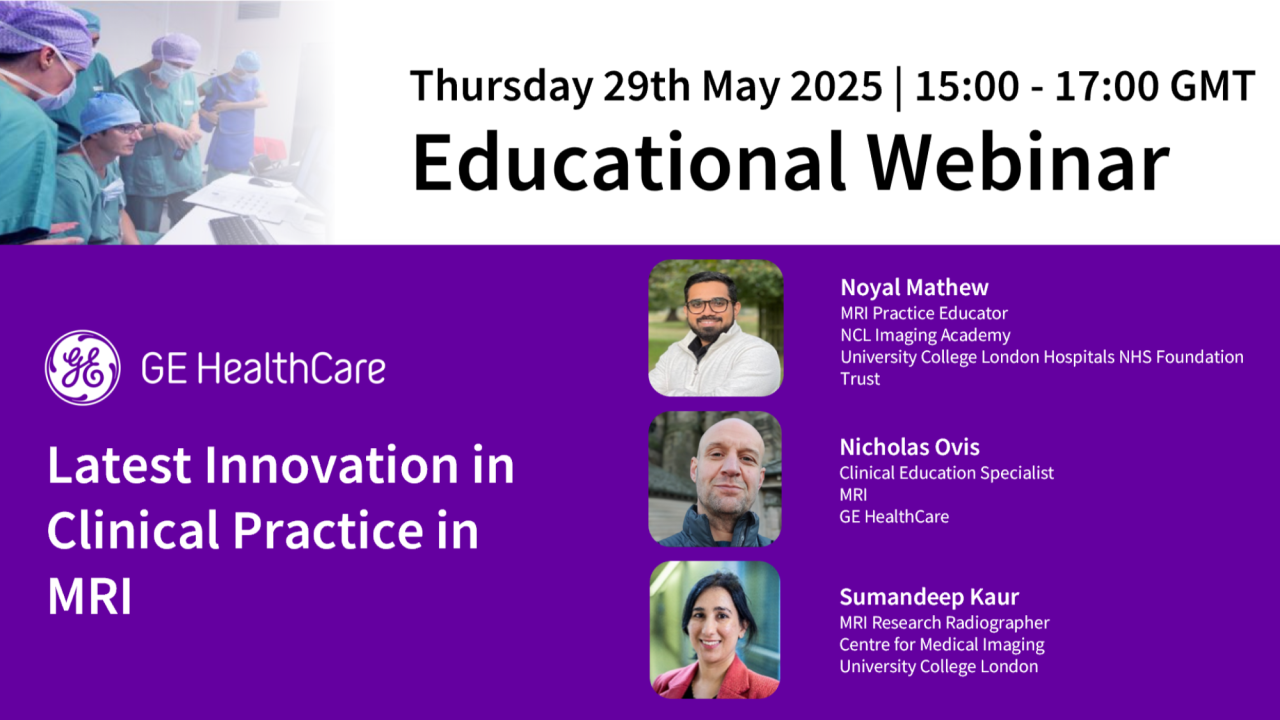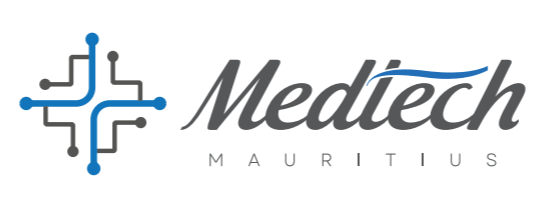
Reimagining MRI to Improve Clinical Outcomes
On Thursday, May 29, a global panel of MRI specialists came together for an insightful educational webinar hosted by GE HealthCare, offering a deep dive into key topics that impact MRI safety, performance, and innovation in clinical imaging.
Elevating MRI Practice
The session, titled "Reimagine MRI. Improve Outcomes.", attracted healthcare professionals from various disciplines who were eager to explore practical strategies for improving MRI workflows and patient care.
Topics Explored
🔹 SAR Reduction Strategies
Attendees were introduced to methods for managing Specific Absorption Rate (SAR), essential for patient safety during high-field MRI scans.
🔹 MRI Safety Fundamentals
A valuable refresher on the core principles of MRI safety, covering best practices in both clinical and emergency contexts.
🔹 MR Elastography in Head and Neck Imaging
The session also explored the growing role of elastography in evaluating tissue stiffness, particularly in head and neck cases where non-invasive techniques are crucial.
Expert Contributors
The webinar featured three seasoned professionals who shared practical insights and evidence-based guidance:
-
Noyal Mathew, MRI Practice Educator, University College London Hospitals (UCLH)
-
Nicholas Ovis, Clinical Education Specialist, GE HealthCare
-
Sumandeep Kaur, MRI Research Radiographer, University College London (UCL)
Their contributions offered attendees valuable knowledge to enhance clinical practice, blending academic research with frontline experience.
Sharing Knowledge, Supporting Progress
By promoting awareness of such international educational opportunities, Medtech Mauritius continues to support the medical community’s access to the latest developments in imaging. These sessions serve as a valuable resource for professionals aiming to stay updated on evolving technologies and techniques in diagnostic radiology.
